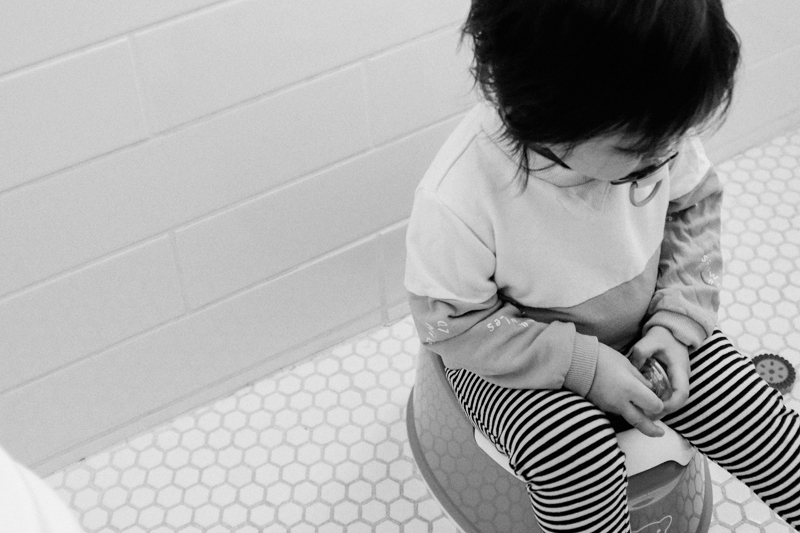June is National Potty Training Awareness Month. Along with a child’s parents, day care providers can be important partners in successful potty training.
While parents work on a daily basis to encourage positive potty training behaviors at home, what happens at day care can make a difference, particularly when a child spends the majority of weekdays in care.
Being a partner with parents to support the potty training process can happen in a number of ways. Here are a few ideas.
1. Don’t Rush It
Every child is different, and experts say that you should wait for signs that a toddler is ready to begin potty training rather than have unrealistic expectations and try to force the issue. Some parents may feel pressured to potty train too early, perhaps being influenced by the progress of other children. Watch for signs that a toddler is ready such as when they start becoming more aware of when they have to go or take an interest when their peers are using the toilet and wanting to imitate them.
2. Have the Conversation
Once you see some signs that a toddler is showing interest in potty training, speak to parents about the opportunity to collaborate. Many parents, especially first-time parents, could use some tips on how to consistently reinforce the potty training techniques used at day care so there is continuity in the training effort.
3. Monitor and Report
With the parents on board and everyone working together to offer positive reinforcement, constant reminders and support to the toddler, keep the parents informed about daily potty training progress. The eServices feature set of ChildWatch, for example, lets you document a child’s daily activities and communicate them to parents. Parents can receive and view notifications about potty training progress through the Parent Portal using a computer or mobile device.

4. Check Progress
Regular communication gives parents a deeper understanding of what is happening with potty training when they aren’t physically with their child and observing behaviors. Reviewing what has been working and not working, both at home and at day care helps everyone identify where modifications on training techniques can be made to improve outcomes. The messaging feature of ChildWatch’s parental engagement tools facilitates two-way communication between parent and staff. Parents are notified via email and text and can respond, and the feature keeps a record of correspondence.
5. Be Patient
Potty training takes time and every child progresses through the process at their own pace. While goal setting may seem helpful, having flexibility – and being prepared – helps maintain a stress-free process. Even when it seems a toddler has mastered the potty, keep diapers or pull-ups – as well as extra outfits – on hand just in case. Encourage parents to do the same and to not take set backs as failures. Celebrate successes and hold onto an upbeat attitude so each child – and parent – can experience potty training in the most positive way possible. A few other ways to create effective potty training experiences include incorporating potty-training themed books into story time and creating a sticker sheet to monitor progress at day-care. Let each child pick out stickers and place on their potty training tracking sheets to celebrate each success. Then send the sheets home at the end of each week for families to celebrate the wins together.
[Photo Credits: Unsplash. Henley Design Dtudio and Charles Deluvio.]

